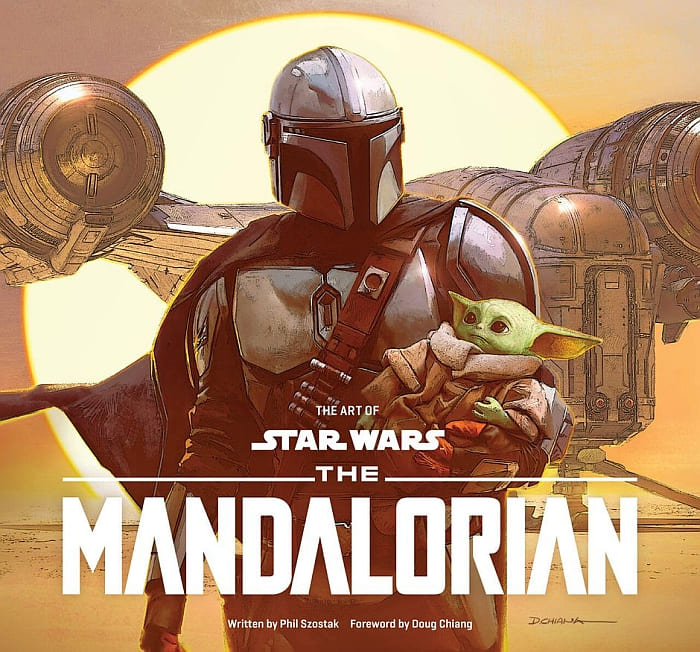A Legend Returns! Ghostbusters! Today, the LEGO Group announced the brand-new and most detailed LEGO Ghostbusters Ecto-1. Below is the press-release with description, stats, pictures, and more. Enjoy!
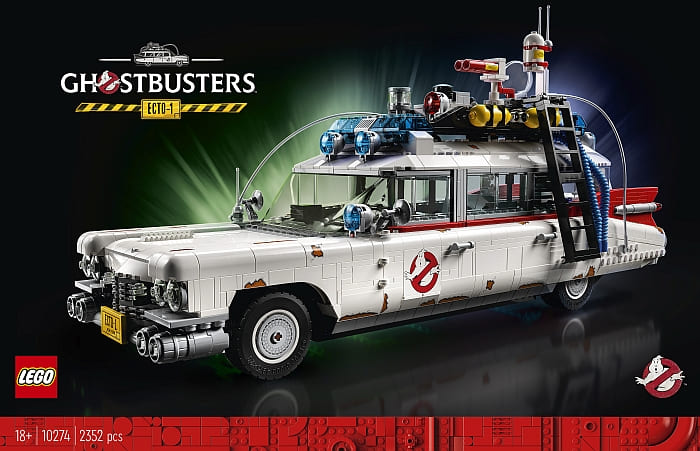
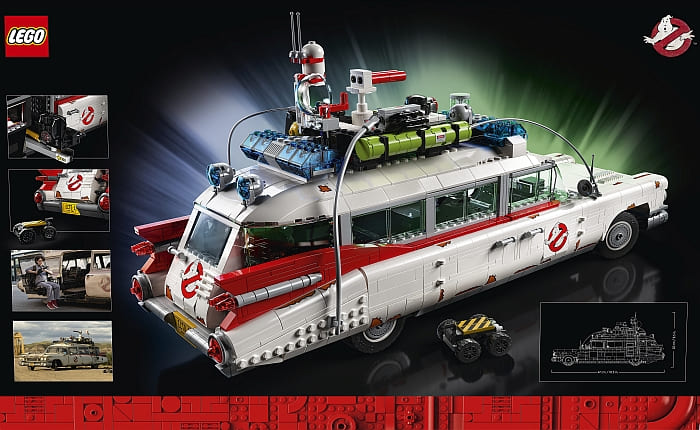
Ahead of the release of the hotly anticipated Ghostbusters: Afterlife film launching in 2021, the LEGO Group announced the largest and most detailed LEGO brick recreation of one of the most iconic cars from the silver screen, the #10274 LEGO Ghostbusters Ecto-1.
This buildable version of the classic car is sure to delight Ghostbusters and LEGO brick fans alike, crammed full of authentic details from the iconic converted 1959 Cadillac Miller-Meteor ambulance that will sure to bring a retro feel to any LEGO brick car collection. This highly detailed set includes a range of tools and features needed by any Ghostbuster to track and catch ghoulish enemies.

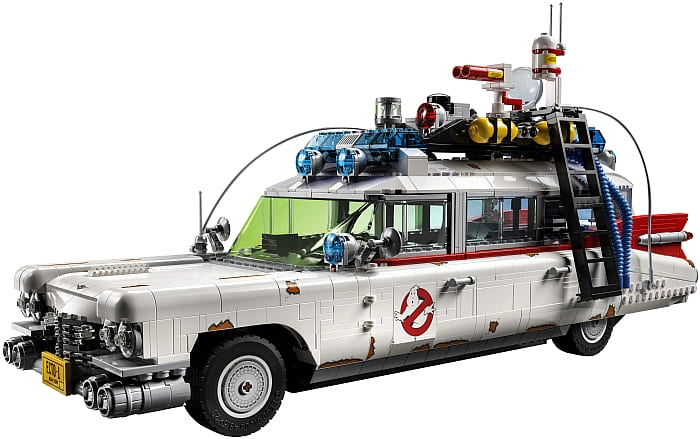
The LEGO Ghostbusters Ecto-1 is perfect for film fans that want to build their very own piece of the new Ghostbusters: Afterlife movie. With a moving ghost sniffer activated by the wheels, an extendable rear gunner seat, working steering wheel, and a whole host of other paranormal detection equipment on the detailed roof rack, the set ensures you’re ready for any ghost finding mission. The car also would not be complete without printed versions of the Ghostbusters logo adorning the car doors making this the ultimate gift for Ghostbusters fans and movie car enthusiasts.
The new LEGO Ghostbusters Ecto-1 is the most detailed LEGO brick recreation of the car ever produced and is the latest in a collection of film-based LEGO model building kits for adults who love building to relax and escape from the stresses of life. This set features two brand new LEGO brick elements including a new 6x14x curved windscreen and a new 5-module steering wheel.
Talking about the creation of the LEGO Ghostbusters Ecto-1, the sets LEGO designer, Michael Psiaki said “I love creating LEGO vehicles and having previously designed the LEGO James Bond Aston Martin DB5, I loved the challenge of working on the Ecto-1. This is the largest and most detailed version of this car that we have ever created. It is crammed full of authentic features and Easter eggs, that I’m excited for builders to discover as they put this model together.”


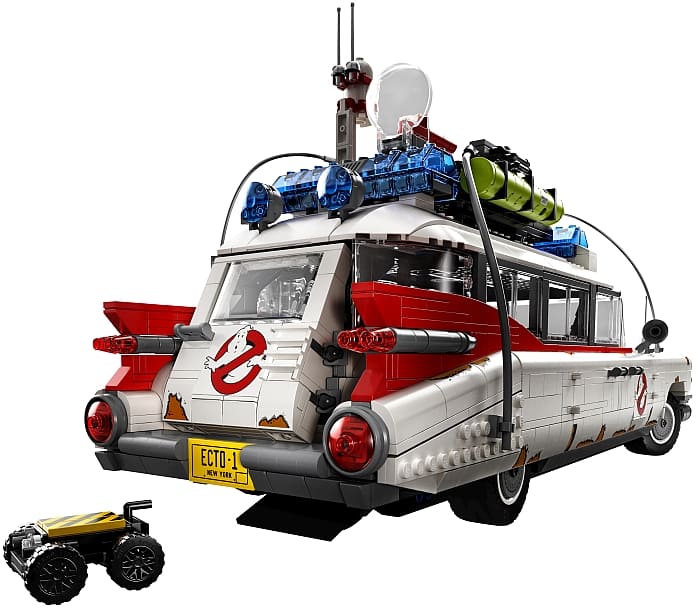
The #10274 LEGO Ghostbusters Ecto-1 contains 2,352 pieces and measures over 8” (22.5cm) high, 18” (47cm) long, and 6” (16.5cm) wide. The set will be available directly from LEGO on November 15th. Prices are as follows: £179.99, €199.99, $199.99 USD, $299.99 AUD, $259.99 CAD. For more details and to purchase the set, visit the LEGO Creator Expert section of the Online LEGO Shop.

This is the third time LEGO released a version of the Ghostbusters vehicle. We got the #21108 LEGO Ghostbusters Ecto-1 in 2014 based on the original movie, and the #75828 LEGO Ghostbusters Ecto-1 & Ecto-2 in 2016, based on the newer film. Both of those were very impressive minifig-scale vehicles. The #10274 LEGO Ghostbusters Ecto-1 is a much larger and even more detailed display-piece full with authentic details. And although it’s related to the third film, it seems like that by leaving off the stickers it can also be used as the original Ecto-1.
We will talk more about the set tomorrow through a full review, and in the meantime you’re welcome to share your thoughts and discuss the set in the comment section below.
And you might also like to check out the following related posts:


